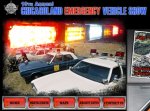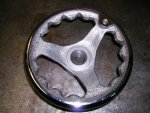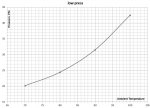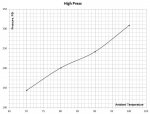patoz
Expedition Leader
Bob,
I remember you asking about how big the gray water tank should be. I was reading the specs on a bunch of RVs last week, and noticed on every one the gray water tank was about 70% larger than the freshwater tank, which I thought was odd. I guess their theory is fluids other than from the freshwater tank may be dumped down the sink, and fresh water is easier to get than finding a legal place to dump gray water. Therefore, you can top off the fresh water tank almost twice before you have to dump the gray water tank.
I remember you asking about how big the gray water tank should be. I was reading the specs on a bunch of RVs last week, and noticed on every one the gray water tank was about 70% larger than the freshwater tank, which I thought was odd. I guess their theory is fluids other than from the freshwater tank may be dumped down the sink, and fresh water is easier to get than finding a legal place to dump gray water. Therefore, you can top off the fresh water tank almost twice before you have to dump the gray water tank.
All I can say is, you better build a very stout shelf because just the two Trojan T-105 batteries will weigh 124 lbs. by themselves.I'll build a shelf that sits just above the water tanks to support two Trojan golf cart batteries, a fire extinguisher or two, and maybe some more miscellaneous stuff.











